Upgrading your Jeep XJ’s alternator is a smart choice for improving performance, especially if you add off-road accessories or extra electrical devices.
A Jeep XJ alternator upgrade boosts your vehicle’s electrical power, which is essential for handling off-road accessories and additional electrical devices. Upgrading from the stock alternator ensures better performance, especially in Jeep Cherokee XJ 4.0 models.
This article will explain why an upgrade is essential, how to choose the right alternator, and how to install and maintain it for optimal performance.
Why Jeep XJ owners consider upgrading their alternator
Jeep XJ owners upgrade their alternators to handle extra power for accessories like lights, winches, and sound systems. The stock alternator often can’t provide enough power, so upgrading ensures the vehicle runs smoothly, especially in demanding conditions.
The importance of an upgraded alternator in off-roading and daily driving
An upgraded alternator ensures your Jeep XJ has enough power for off-roading accessories and electrical devices. It helps keep the battery charged, supports additional lights, and reduces strain, making the vehicle reliable in everyday driving and rough terrains.
Understanding the Stock Alternator in the Jeep XJ
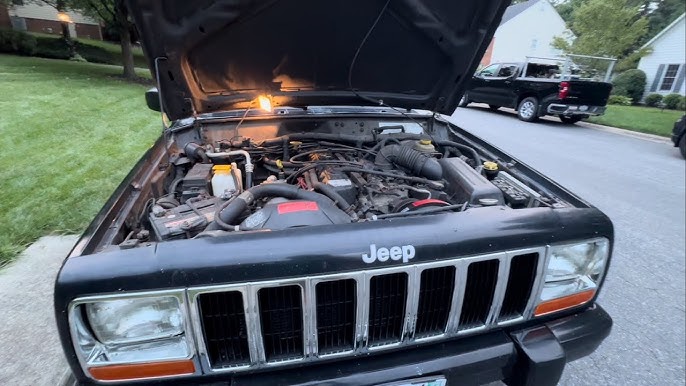
1. Specs of the stock alternator
The stock alternator in the Jeep XJ usually offers 90 to 120 amps of power. It is designed to handle factory-installed components like lights and radios but may not effectively support heavy-duty electrical accessories or high-demand off-road setups.
2. Limitations of the stock alternator
The stock alternator in the Jeep XJ has limited power output, which can cause problems when additional electrical accessories are added. It may not be able to fully charge the battery or power accessories like off-road lights, winches, and more extensive sound systems.
Signs Your Jeep XJ Needs an Alternator Upgrade
1. Common symptoms indicating the need for a stronger alternator
Common signs include battery warning lights, dim or flickering lights, and faulty electrical accessories. These problems suggest that your alternator struggles to provide enough power for the vehicle’s needs.
2. How to diagnose alternator problems
To diagnose alternator issues, check the battery voltage with a multimeter. If the voltage drops below 13.5 volts while the engine runs, your alternator may not charge the battery correctly and needs attention.
Why Upgrade the Alternator in Your Jeep XJ?
1. Benefits of an upgraded alternator
An upgraded alternator provides more power, charging your battery even with multiple electrical accessories. It also improves reliability, especially when off-roading, ensuring you don’t experience power loss or malfunctioning accessories during use.
2. Powering accessories and electrical upgrades
With an upgraded alternator, your Jeep XJ can handle high-demand accessories like off-road lights, sound systems, and winches. It ensures these devices work correctly without draining the battery or causing electrical issues, even in harsh conditions.
Choosing the Right Alternator for Your Jeep XJ
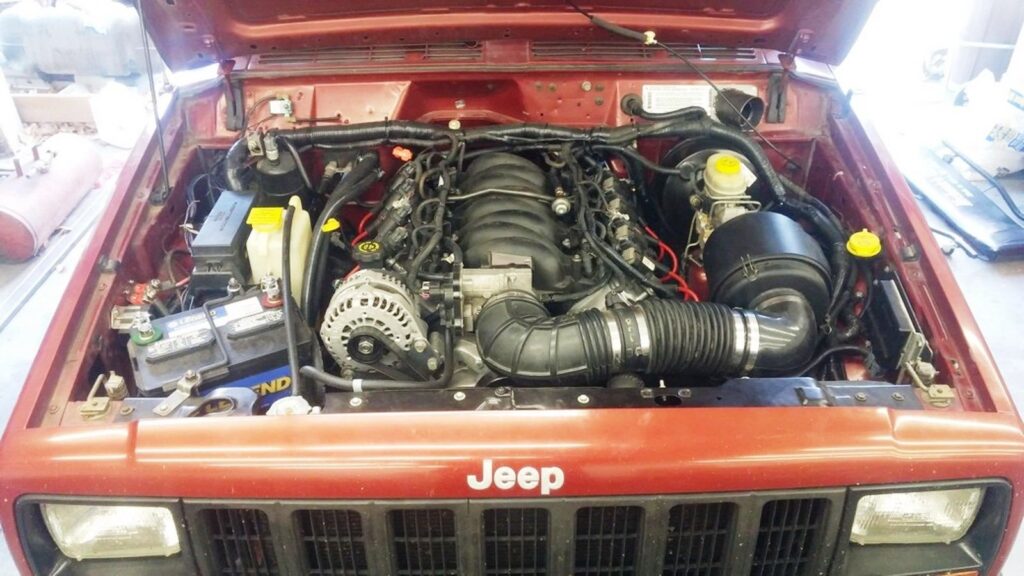
1. Understanding the power needs of your vehicle
To choose the correct alternator, understand your vehicle’s electrical needs, including extra accessories. Count the amps your lights, winches, and other equipment require. This will help you pick an alternator with enough power for your setup.
2. Different types of alternators available
Alternators come in various types, including factory replacements and high-output aftermarket options. Aftermarket alternators often provide more power and additional features, such as better cooling, making them ideal for Jeep XJ owners with multiple electrical accessories.
Alternator Upgrade Options for the Jeep XJ
1. Factory replacement vs. aftermarket upgrades
A factory replacement is easy and keeps your Jeep stock, but it may not provide enough power. Aftermarket upgrades offer higher amperage, better performance, and can support more accessories, making them ideal for off-roading.
2. Popular aftermarket brands for Jeep XJ alternators
Popular aftermarket brands for Jeep XJ alternators include Powermaster, Smittybilt, and Painless Performance. These brands offer reliable, high-output alternators built to handle the demands of off-roading and electrical upgrades.
How to Install an Upgraded Alternator in Your Jeep XJ
1. Step-by-step installation guide
- Disconnect the negative battery terminal.
- Remove the old alternator and the belts.
- Install the new alternator and secure it.
- Reconnect the wiring, double-check for alignment, and tighten the bolts.
- Test the system and reconnect the battery.
2. Tools and equipment required
You’ll need tools like wrenches, socket sets, a multimeter, and a new alternator. A belt tool to adjust tension and a proper jack to lift your Jeep will make the installation easier.
3. Tips for a smooth installation
Before starting, ensure you have all the tools ready and precise access to the alternator. Double-check wiring connections and ensure the alternator is aligned correctly. Test everything before finishing to avoid issues.
Alternator Wiring Upgrades
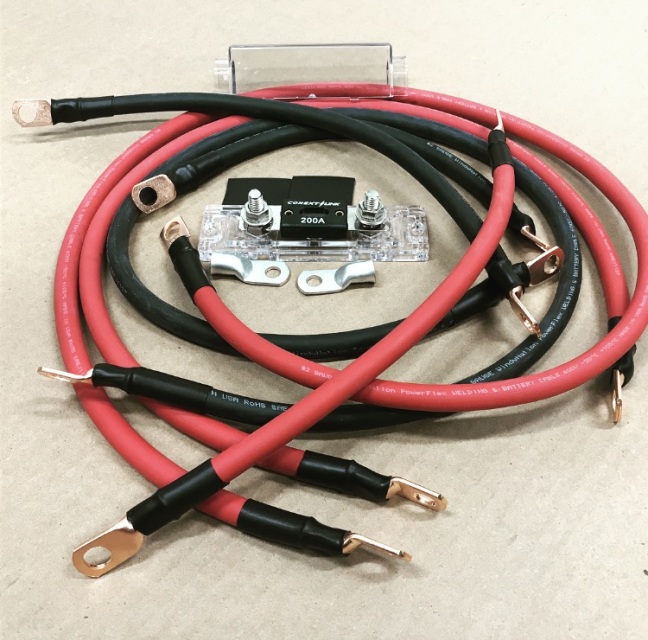
1. Why you may need to upgrade your wiring
When upgrading to a stronger alternator, the stock wiring may need to be thick enough to handle the increased current. Upgrading to thicker, high-quality wires ensures better power delivery, preventing overheating and potential electrical failure.
2. How to ensure proper wiring and avoid electrical issues
Use thicker gauge wires that match the amperage of your new alternator. Make sure connections are clean and secure to prevent voltage drops. Always check for signs of wear or damage and replace any faulty wiring.
Alternator Pulley and Bracket Considerations
1. The role of pulleys and brackets in the upgrade
Pulleys and brackets secure the alternator and ensure the belt runs smoothly. If you upgrade to a higher-output alternator, check and possibly replace these parts to maintain proper alignment and performance.
2. Ensuring proper fit and alignment
Ensure the alternator pulley matches the belt size and alignment. If the pulley is off, it can cause wear on the belt, decrease efficiency, or even damage the alternator. Proper installation is key for smooth performance.
Common Issues After Alternator Upgrade
1. Troubleshooting common problems
To troubleshoot, check the alternator’s voltage output with a multimeter. If it’s too high or too low, inspect the wiring and connections and ensure the alternator fits correctly. Also, make sure the belt tension is correct.
2. How to resolve issues with voltage or battery charging
Check the alternator’s voltage output with a multimeter if you have charging issues. Ensure proper wiring and grounding. Replace any faulty connections or damaged wires to ensure the system charges correctly and doesn’t overcharge.
Cost of Jeep XJ Alternator Upgrades
1. Factors that affect the cost of upgrading
Factors like amperage, brand, and whether you choose factory or aftermarket parts influence the cost. Higher amperage and premium brands usually cost more. Installation and additional upgrades also add to the overall price.
2. Comparing prices for different alternator options
Factory replacements are usually cheaper, costing between $150 and $300. However, aftermarket high-output alternators can range from $250 to $500, depending on brand and specifications. Consider your needs to choose the best option for your Jeep XJ.
Maintaining Your Upgraded Alternator
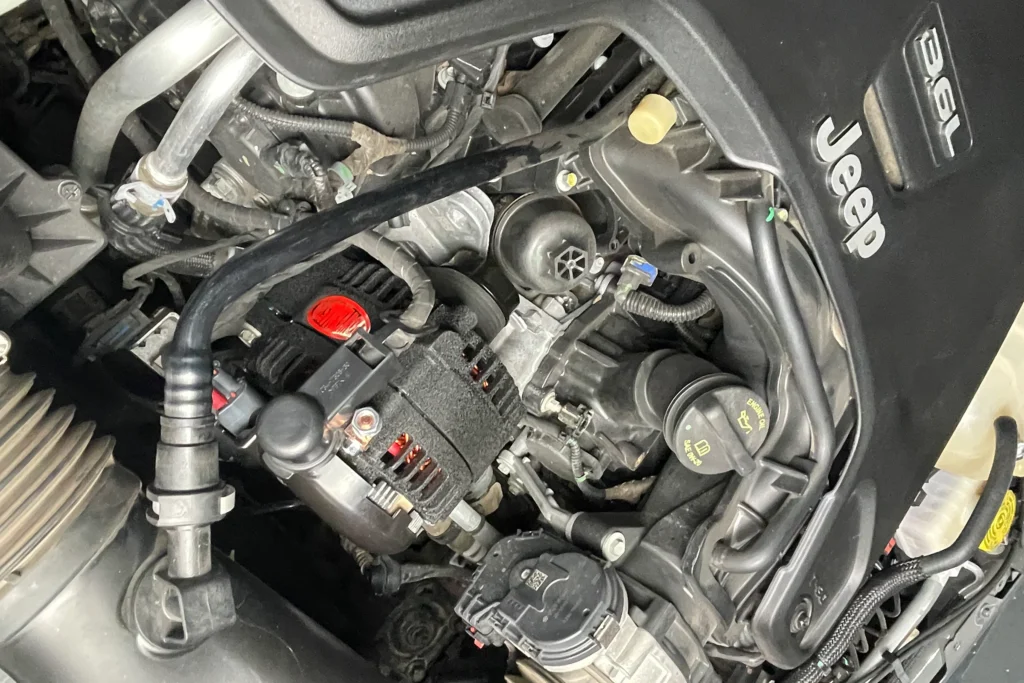
1. Tips for prolonging the life of your alternator
Regularly clean your alternator to prevent dust and dirt buildup. Check wiring connections, ensure the belt is tight, and inspect the alternator for any signs of wear or corrosion. Proper maintenance can extend its lifespan.
2. Regular checks and maintenance practices
Perform routine checks on the alternator, including inspecting the wiring and connections. Monitor belt tension and monitor the battery’s voltage. Regular cleaning and maintenance prevent premature wear and keep the system running smoothly.
Upgrading Other Electrical Components Alongside the Alternator
1. Recommended upgrades for your Jeep XJ’s electrical system
Upgrade the battery to a higher capacity along with the alternator, use thicker gauge wires for better power delivery, and replace old fuses. These upgrades ensure better performance, and reliability, and prevent electrical issues during off-roading or daily driving.
2. Benefits of upgrading other components like batteries and wires
Upgrading the battery ensures it can store enough power for accessories. Thicker wires allow more current flow, preventing voltage drops. These upgrades improve overall electrical efficiency, reduce strain on the alternator, and provide better reliability in harsh conditions.
FAQs
1. Can I upgrade my stock alternator?
Yes, you can upgrade your stock alternator. An aftermarket high-output alternator provides more power for accessories and off-roading needs and offers better performance.
2. How do I know if my Jeep Cherokee alternator is bad?
Signs include dimming lights, battery warning lights, or electrical issues. You can test the voltage output to confirm if it’s faulty.
3. Can I put a bigger alternator on my car?
Yes, you can install a bigger alternator, but ensure the wiring and battery can handle the increased power demands for safe operation.
4. How do I know if I need to upgrade my alternator?
If you experience dim lights, dead batteries, or problems powering accessories, it may be time to upgrade to a higher-output alternator.
5. Will a Jeep run with a bad alternator?
Your Jeep may run with a lousy alternator for a while but eventually stall as the battery loses power without proper charging.
6. How to test a Jeep XJ alternator?
To test, use a multimeter to check the voltage output. With the engine running, the voltage should be between 13.5 to 14.5 volts.
7. Does an upgraded alternator really make a difference?
Yes, an upgraded alternator improves power output, supports additional accessories, and helps prevent electrical problems, especially in off-roading or heavy electrical use.
8. What is the best way to check if your alternator is bad?
The best way is to use a multimeter to check the alternator’s voltage output. A low reading indicates that it is bad or not charging properly.
9. What size alternator do I need for a 2000 watt amp car?
To avoid power issues and keep the system running smoothly, you’ll need an alternator capable of providing at least 150-200 amps for a 2000-watt amplifier.
10. Can you test an alternator without removing it?
Yes, you can test an alternator without removing it by checking its voltage output with a multimeter while the engine is running.
Conclusion
Upgrading your Jeep XJ alternator ensures reliable performance, especially with additional electrical accessories. A high-output alternator supports off-roading needs and prevents power issues. Regular maintenance and proper wiring are essential for long-lasting results.

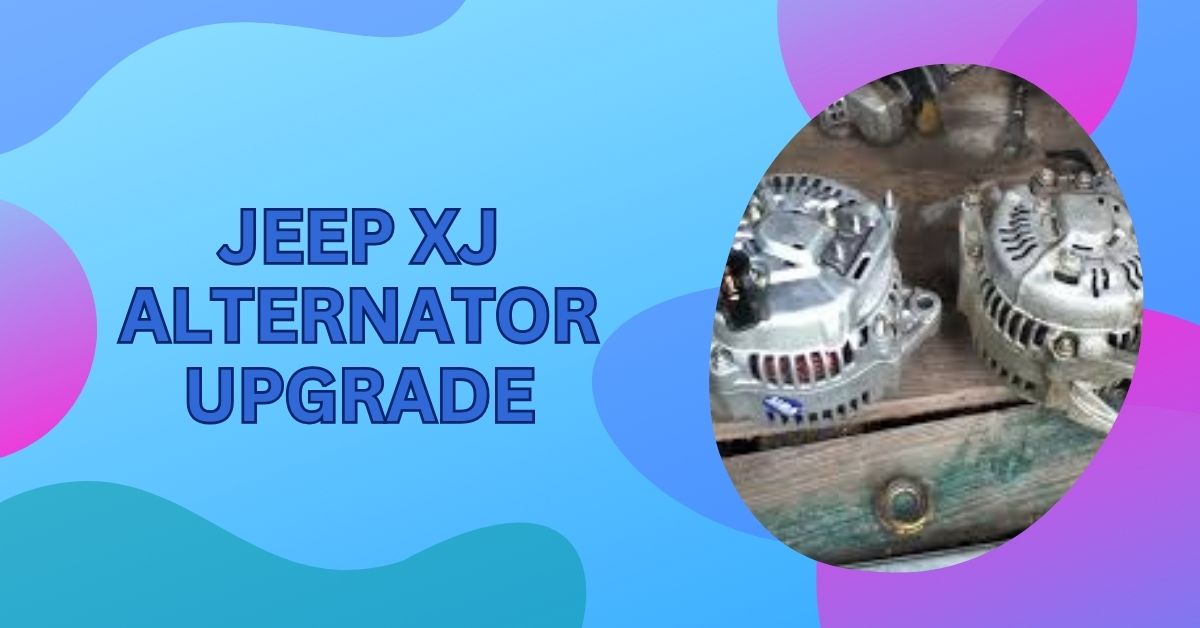




0 Comments